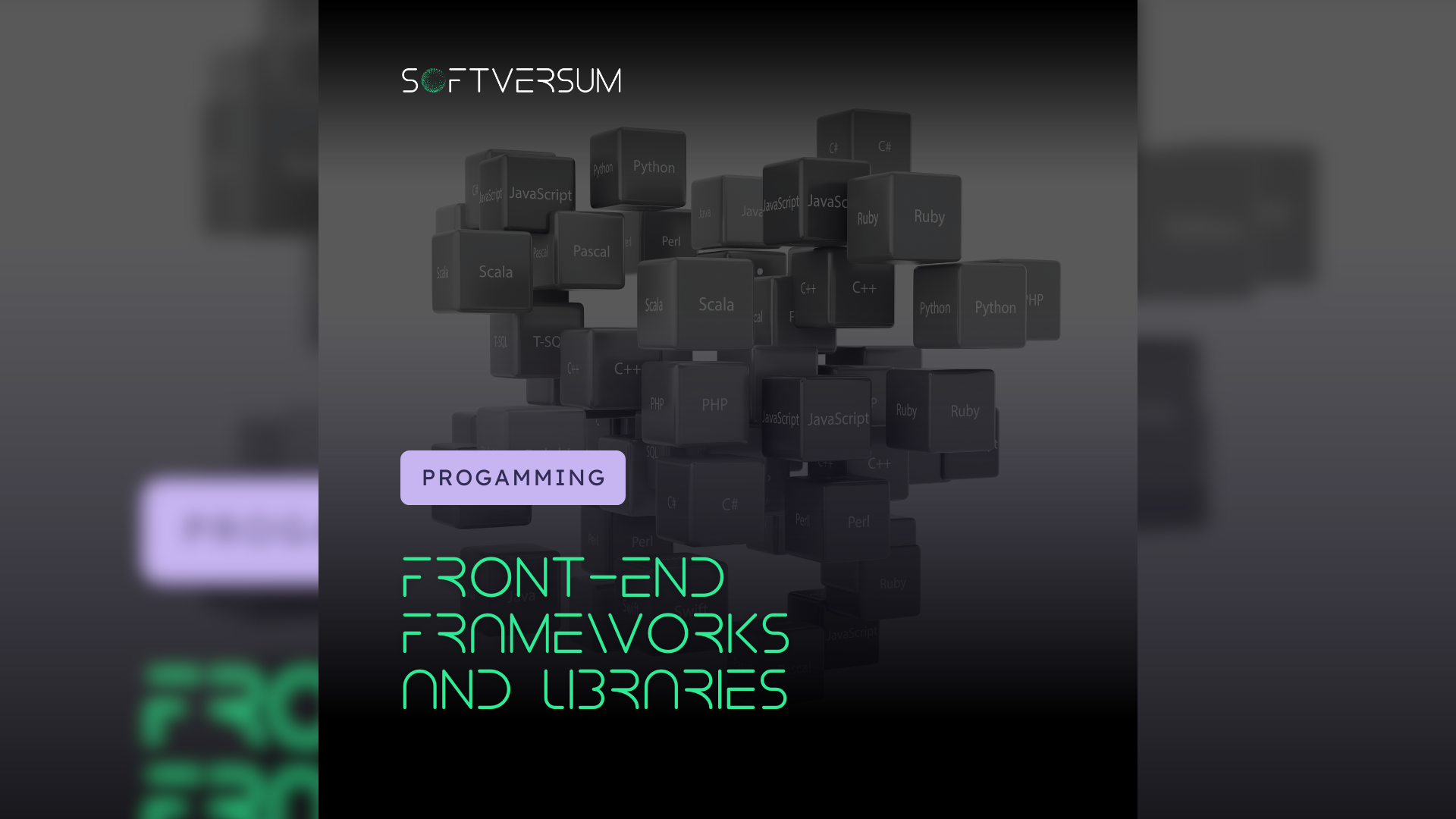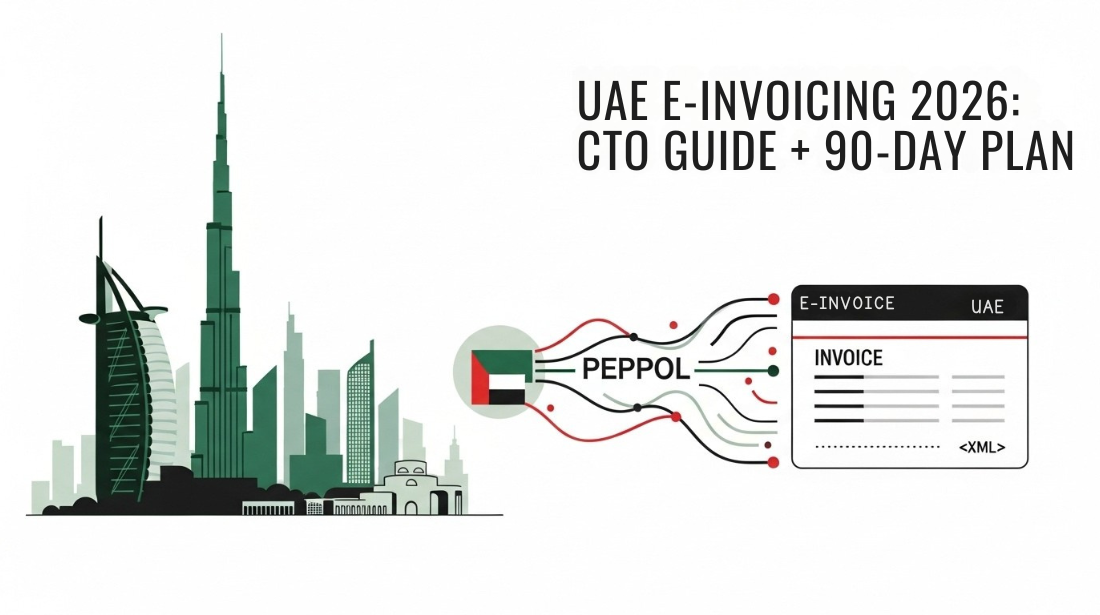
THE POWER OF FRONT-END FRAMEWORKS AND LIBRARIES
In the fast-paced world of web development, creating seamless and visually appealing user interfaces is a paramount challenge. To address this challenge, developers rely on an array of front-end frameworks and libraries, each designed to streamline the process of building interactive and responsive web applications. In this article, we will delve into the world of front-end development, exploring popular frameworks and libraries that have revolutionized the way we craft the digital experiences users encounter.
The Rise of Front-End Development
Front-end development, also known as client-side development, is the practice of producing the visual and interactive elements of a website. It involves coding languages such as HTML, CSS, and JavaScript, which define a web page’s structure, style, and behaviour. As web applications become more sophisticated and user expectations rise, developers turn to frameworks and libraries to enhance efficiency, maintainability, and overall user experience.
React.js: Declarative and Component-Based
One of the most prominent players in the front-end development landscape is React.js. Developed and maintained by Facebook, React.js is a JavaScript library that introduces a declarative approach to building user interfaces. At its core is a component-based architecture that enables developers to create reusable UI elements.
React.js excels in efficiently updating and rendering the user interface as data changes. Its virtual DOM (Document Object Model) allows for optimal performance by updating only the necessary components, minimizing the need to manipulate the actual DOM. This results in a smoother user experience, especially in complex and dynamic applications.
Angular: A Comprehensive Front-End Framework
Angular, developed and maintained by Google, takes a different approach by offering a full-fledged front-end web application framework. It is built with TypeScript, a superset of JavaScript that adds static typing to the language, enhancing code maintainability and scalability.
Angular follows a modular architecture, breaking down applications into smaller, manageable pieces called modules. It introduces two-way data binding, meaning changes in the user interface or application state automatically update each other. This feature simplifies development but requires careful consideration to avoid potential performance issues.
Vue.js: Progressive and Approachable
Vue.js has gained popularity for its simplicity and flexibility. Described as a progressive framework, Vue.js can be incrementally adopted into existing projects. It provides developers the freedom to use as much or as little of the framework as needed, making it an approachable choice for both beginners and experienced developers.
Vue.js embraces a component-based architecture, similar to React.js, making it easy to build and reuse UI elements. Its reactive data-binding system ensures that changes in the application state automatically update the user interface, simplifying the management of dynamic content.
Bootstrap: Streamlining Design with CSS Framework
While React, Angular, and Vue.js focus on JavaScript-driven development, Bootstrap takes a different approach by providing a CSS framework. Developed by Twitter, Bootstrap is an open-source toolkit for building responsive and mobile-first web pages.
Bootstrap offers a grid system for layout design, responsive utilities for adapting to various screen sizes, and a collection of pre-built components such as navigation bars, modals, and forms. By using Bootstrap, developers can accelerate the design process and ensure consistency across different devices and browsers.
Sass: Elevating CSS with Preprocessing
Cascading Style Sheets (CSS) form the foundation of web styling, but maintaining large and complex stylesheets can be challenging. Enter Sass, a CSS preprocessor that extends the capabilities of CSS by introducing features like variables, nesting, and mixins.
Sass allows developers to write more maintainable and modular stylesheets. Variables enable the definition of reusable values, nesting helps organize styles hierarchically, and mixins allow the reuse of style patterns. The preprocessor then compiles Sass code into standard CSS, which browsers can interpret.
jQuery: Simplifying JavaScript Interactions
In the earlier days of web development, cross-browser compatibility and complex JavaScript interactions posed significant challenges. jQuery emerged as a solution, providing a fast, lightweight, and feature-rich JavaScript library that simplifies common tasks such as DOM manipulation, event handling, and Ajax interactions.
jQuery’s ease of use and extensive documentation made it a go-to choice for developers aiming to enhance user interfaces without diving into the intricacies of raw JavaScript. However, with the advancements in browser technologies and the rise of modern JavaScript frameworks, jQuery’s dominance has diminished, and developers often opt for more specialized tools.
Ember.js and Backbone.js: Navigating Different Architectures
Ember.js and Backbone.js are two frameworks that follow distinct architectural patterns. Ember.js, a JavaScript framework for building scalable single-page web applications, adheres to the convention over configuration principle. It provides a set of conventions and defaults to streamline development, making it an excellent choice for projects with a clear structure.
Backbone.js, on the other hand, is a lightweight JavaScript library that follows the model-view-presenter (MVP) pattern. It offers flexibility by not imposing a rigid structure, allowing developers to choose other libraries or frameworks based on project requirements. While not as feature-rich as some other frameworks, Backbone.js provides a solid foundation for smaller applications.
Material-UI: Bringing Material Design to React
Material-UI is a React UI framework that implements Google’s Material Design principles. Material Design is a design language that combines principles of classic design with innovation and technology. Material-UI provides a set of React components that follow these design principles, making it easy for developers to create aesthetically pleasing and consistent user interfaces.
Material UI components include everything from buttons and forms to navigation elements, providing a comprehensive toolkit for building modern, visually appealing applications.
D3.js: Empowering Data Visualization
Data visualization is a crucial aspect of many web applications, and D3.js stands out as a powerful library for creating dynamic and interactive data visualizations. D3.js allows developers to bind data to the Document Object Model (DOM) and apply data-driven transformations to the document.
With D3.js, developers can create a wide range of visualizations, from simple bar charts to complex force-directed graphs. Its flexibility, combined with a strong community and extensive documentation, makes it a popular choice for projects that require sophisticated data representation.
Conclusion: Choosing the Right Tool for the Job
The world of front-end development is dynamic, with new frameworks and libraries continually emerging. The choice of the right tool depends on the specific needs and goals of a project. React.js, Angular, and Vue.js dominate the landscape with their component-based architectures and reactivity, while frameworks like Ember.js and Backbone.js offer alternative approaches.
Whether it’s simplifying JavaScript interactions with jQuery, streamlining design with Bootstrap, or elevating CSS with Sass, each tool has its unique strengths. Material-UI brings a design-centric approach to React, and D3.js empowers developers to create captivating data visualizations.
In the ever-evolving field of web development, staying informed about the latest tools and technologies is essential. As projects become more complex and user expectations rise, the judicious selection of front-end frameworks and libraries plays a pivotal role in delivering compelling digital experiences. By leveraging the power of these tools, developers can navigate the intricacies of front-end development with confidence and creativity, ultimately shaping the future of the web.
Written by
Visanth Kallazhi
Front-end developer



